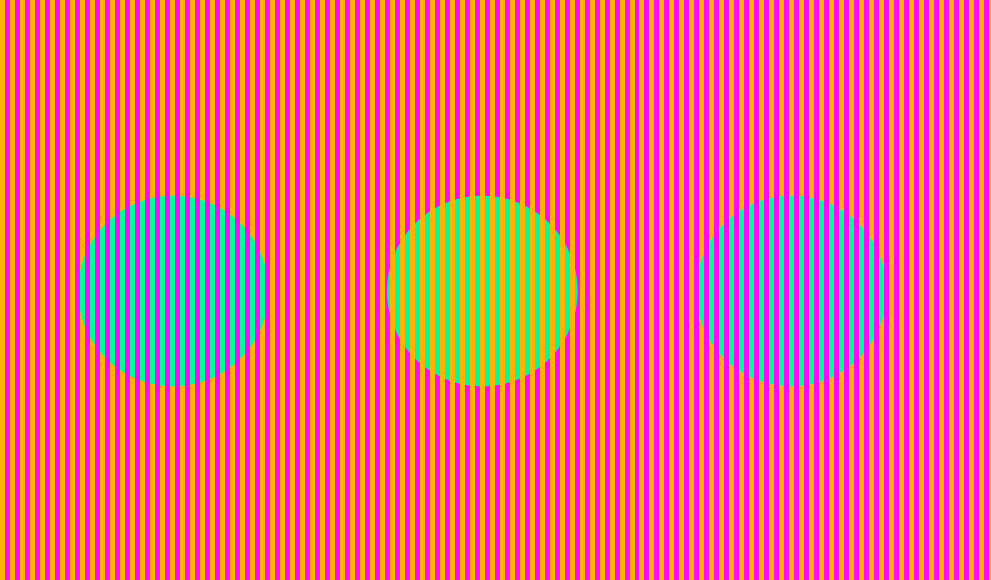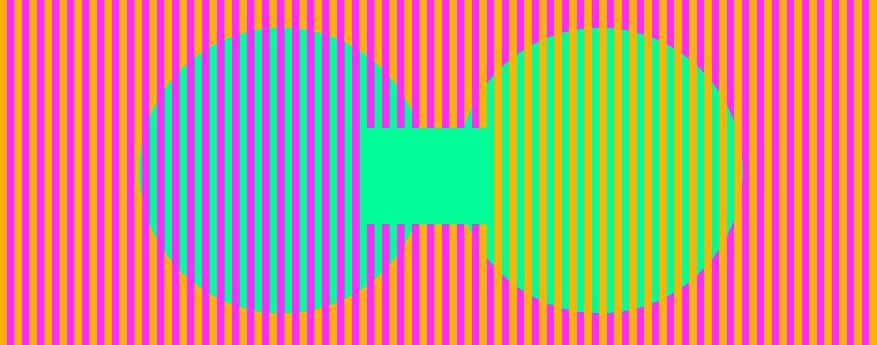New Research Explains Why People Saw “The Dress” Differently

Earlier this year, millions of social media fans looked at a photo of #TheDress and debated whether the garment was black and blue or gold and white. Bevil Conway, associate professor of neuroscience at Wellesley and a principal research scientist at MIT, explored the question in a different way: asking not just what colors people saw when they looked at the image, but why they saw different colors.
Conway’s answers, based on weeks of intensive research, are featured in article in the journal Current Biology co-authored with Rosa Lafer-Sousa ’09 and Katherine L. Hermann. He has also been quoted in the Guardian, the New York Times, and a podcast on Nature.com.
“It has long been known that certain optical illusions can cause us to see two different shapes in the same image—for example, a face or a vase—but ‘The Dress’ was the first single image that could be seen by different people as wholly different colors,” said Conway, who is a visual artist as well as a neuroscientist. “‘The Dress’ phenomenon answers the age-old question, ‘Do you see things the way I see them?’ and the answer is sometimes ‘no.’”
To understand that phenomenon, Conway and his team devised a survey in which 1,400 participants—300 of whom had not seen the photo before—were asked to describe the colors and to identify them using a computer palette. Overall, 57% of subjects described the dress as blue and black; 30% as white and gold; 11% as blue and brown; and 2% as something else.
Yet among those who were “naïve” to the image, the percentage of blue and brown responses was slightly higher than in the group as a whole, and observers described a wider range of hues, including tan and bronze. “This indicates some constancy among the way colors are viewed, but it also shows that social media or a single conversation can influence the way we perceive an object,” said Conway.
Age and gender also influenced people’s impressions, with a larger number of older participants and women reporting white and gold responses than younger people and men. (The total number of blue and black observations was still higher in all demographics.)
The authors hypothesize that these observations may be accounted for by an individual’s perception of light, which is influenced by environmental conditions and previous experiences. Those who viewed the garment as white and gold, for example, may be more accustomed to seeing blue sky, while those who saw black and blue may spend most of their time in incandescent light.
“Our brains are actively interpreting the light that hits the retina to enable us to see the shape and color of objects as constant,” said Conway. “If you are standing outside on a clear day, the objects you see are ‘contaminated’ by the blue of the sky. The brain has figured out how to ‘erase’ that contaminating light and color-correct the retinal image, a process called color constancy.”
The camera that produced “The Dress” photo did a poor job of implementing color constancy, Conway said, but that inadequacy may have led to one of the greatest discoveries in the field of vision research. “Now we can use this image as a tool to probe how the brain accomplishes color constancy, and possibly apply the insights we obtain to the development of better camera technology,” he said.

